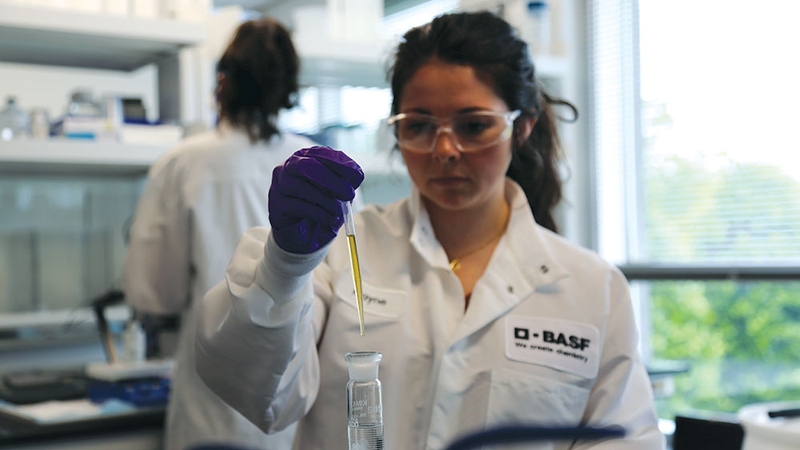Cotton’s Image Suffers from Confusion about Sustainability

Ask 10 different people what “sustainability” means and you’ll likely get 10 different answers. While there might be some confusion about exactly how to define it, there’s no doubt that it’s a huge consideration for consumers. That alarming thought crossed my mind as I read a recent Wall Street Journal story entitled, “Which Outfit Is Greenest? A New Rating Tool” (published July 26, 2012).
The article says cotton “Takes a hit for heavy use of land and water, as well as bleaches and other chemicals used in processing, which puts it in a middling ranking for sustainability, despite its green reputation.” Polyester, meanwhile, is “rated as relatively sustainable – especially if it’s recycled.”
While the article didn’t necessarily demonize cotton (or specifically praise polyester), that’s the impression many readers will walk away with, and that’s a big problem.
In 2011, The United Nations Environment Program conducted a survey of 8,000 young adults (aged 18 to 35) from 20 countries about their views on sustainable lifestyles, and the results were very clear: Sustainability matters and is a critical factor in their purchasing decisions. That’s an extremely important demographic for retailers … which makes it an extremely important consideration throughout the cotton value chain, all the way to growers.
Cotton Incorporated – our fiber’s greatest champion in the public eye – has gone to great effort and expense to identify exactly what cotton’s environmental footprint looks like, and to counter some of the unwarranted negative press it receives. Its most recent benchmarking tools, Cotton’s Life Cycle Inventory (LCI) and Life Cycle Assessment (LCA), have been used to help complete two key sustainability indicators: the Field to Market National Report on Agricultural Sustainability; and the Higg Index, which was developed by the Sustainable Apparel Coalition (the latter was the focus of the Wall Street Journal article). This research is proving to be useful in providing a more accurate characterization of cotton’s improving footprint in both agricultural production and textile processing.
“Sustainability is not a fixed point, but a continuum of measurable improvement,” says J. Berrye Worsham, Cotton Incorporated’s president and CEO. “As an organization, Cotton Incorporated recognizes that sharing information and best practices across the supply chain is the best and most effective means of making and measuring sustainable gains.”
The International Cotton Advisory Committee (ICAC) is also dedicating a massive amount of time and resources to this effort. Its upcoming plenary meeting, which will be held in Interlaken, Switzerland from Oct. 7-12, has the theme, “Shaping Sustainability in the Value Chain.”
The importance of these efforts can’t be underestimated, particularly during a time of lagging global demand for cotton. Perception is, in many cases, reality – especially in the eyes of consumers. I wonder how many of them know The National Report on Agricultural Sustainability showed that cotton has improved on all measures of resource efficiency over the last 30 years, posting decreases in per-pound-lint land use (-30%), soil erosion (-68%), irrigation water applied (-75%), energy use (-36%), and greenhouse gas emissions (-30%).
We all rely on highly influential and visible organizations like Cotton Incorporated and ICAC to champion cotton’s cause in the realm of public perception. Voltaire was right when he said, “With great power comes great responsibility.” But that doesn’t mean we don’t have to do our part, too. It’s critical that the improvements we make get the attention they deserve, and that we continue to address incorrect and misleading facts about cotton.
When you see those things happening, speak up. Every little bit helps.









